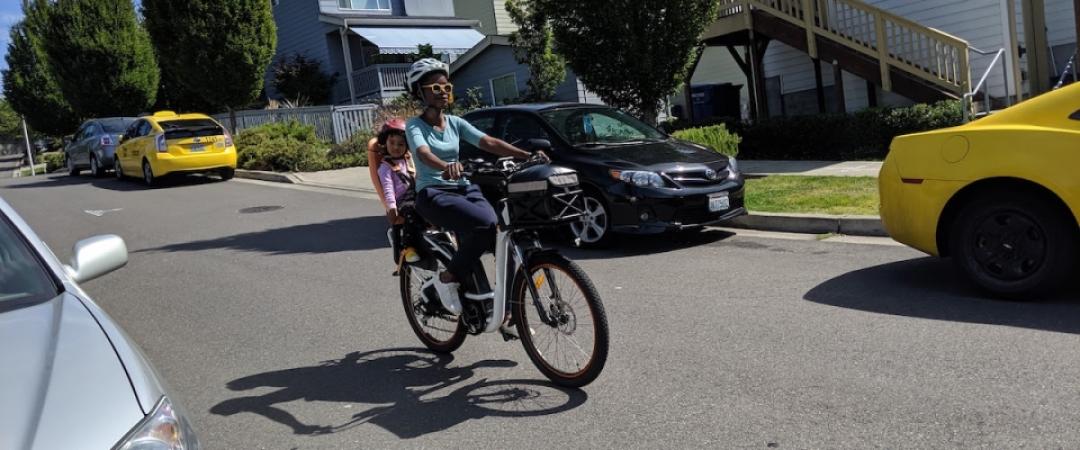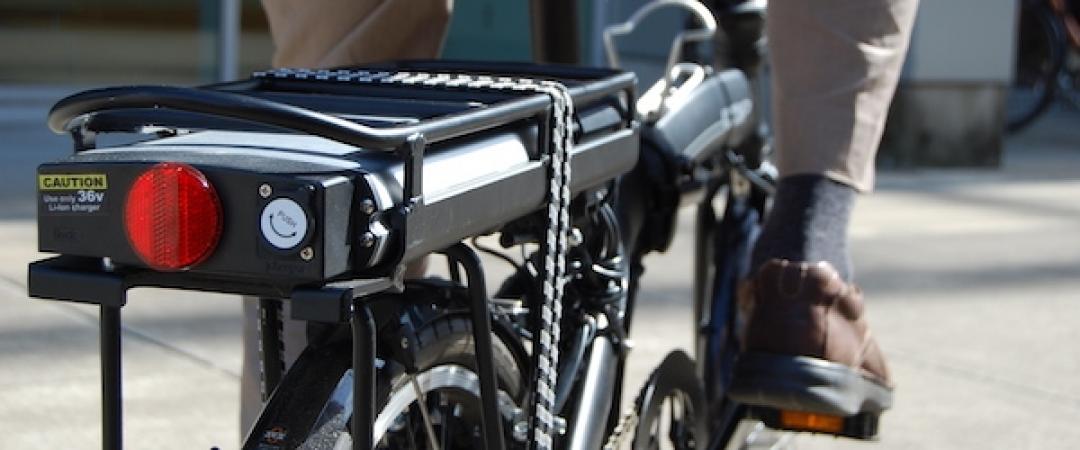Would monetary incentives encourage more people to buy e-bikes?
Portland State University (PSU) researchers are examining how purchase incentive programs can expand the current e-bike market, and the latest product to come out of this research is a white paper released earlier this month: “Using E-Bike Purchase Incentive Programs to Expand the Market – North American Trends and Recommended Practices (PDF)”







